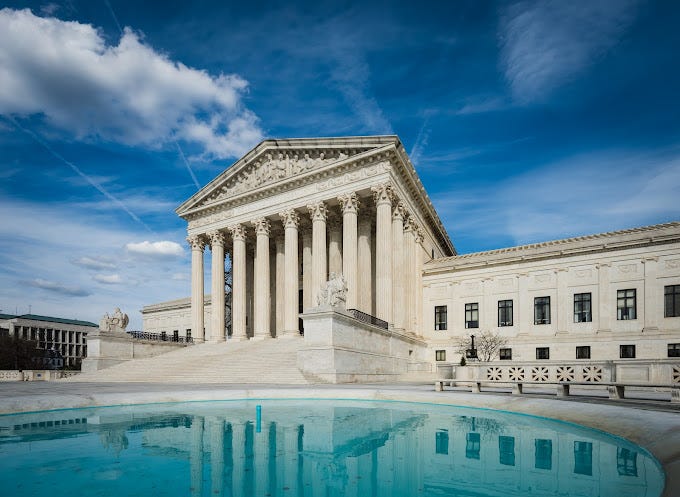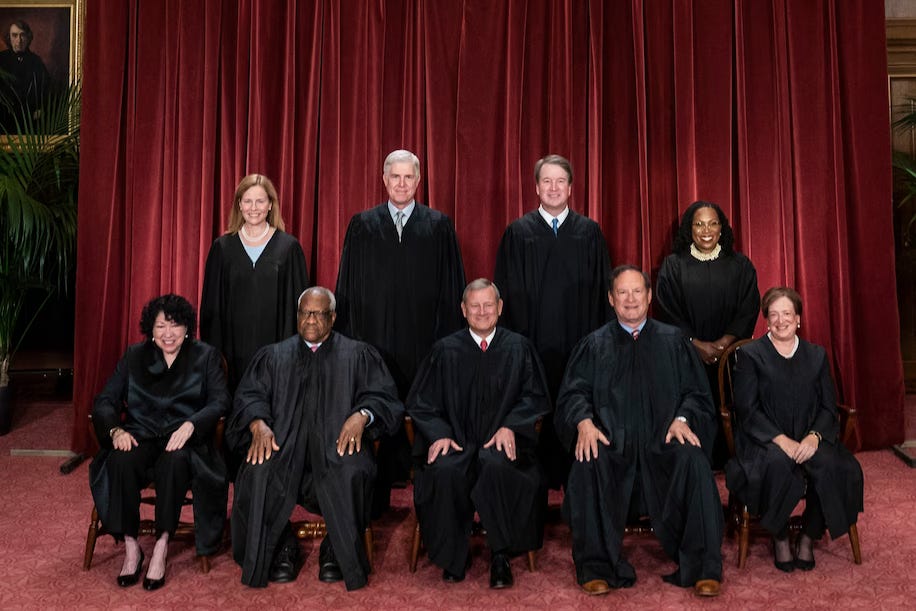U.S. Supreme Court Rejects the $6 Billion Purdue Pharma Bankruptcy Settlement
Introduction
The U.S. Supreme Court on Thursday (27th June) rejected a controversial bankruptcy settlement involving Purdue Pharma, the maker of the highly addictive opioid OxyContin, and the wealthy Sackler family who owned the company. In a closely divided 5-4 ruling, the Apex Court determined that the settlement inappropriately shielded the Sacklers from future opioid-related lawsuits. This landmark decision has profound implications for the ongoing opioid crisis and the legal landscape surrounding it, as we had discussed in an earlier article.
The Proposed Settlement
The proposed settlement would have seen the Sacklers contribute up to $6 billion and relinquish ownership of Purdue Pharma. Purdue Pharma would then be dissolved and restructured into a new public-benefit company focused on addressing the opioid crisis. In exchange, the Sacklers sought immunity from future legal actions related to their role in the opioid epidemic. This settlement was estimated to provide around $10 billion in total value, with funds allocated to state and local governments for opioid crisis abatement efforts and compensation for individual victims.
Majority Opinion and Rejection
The majority opinion, penned by Justice Neil Gorsuch, emphasized that the bankruptcy code does not authorize such extensive protections for non-bankrupt parties like the Sacklers without the consent of all affected claimants. The Court deemed the Sacklers' actions as seeking extraordinary relief beyond typical bankruptcy discharge. This ruling underscores the limitations of the bankruptcy code in providing legal immunity to non-bankrupt entities and sets a significant precedent for future cases.
Dissenting Opinion and Concerns
The dissenting justices, including Justice Brett Kavanaugh, expressed concern about the ruling's impact on over 100,000 opioid victims and their families who would lose significant financial compensation from the settlement. They argued that the settlement was necessary to secure funding for opioid abatement efforts and provide timely relief to those affected by the opioid crisis. The dissent highlights the tension between legal principles and practical solutions to public health emergencies.
Implications of the Decision
The implications of this decision are significant:
Increased Legal Liability for the Sackler Family: The Sacklers will no longer be shielded from future opioid-related lawsuits, exposing them to extensive legal battles.
Uncertainty Regarding Opioid Crisis Funding: The rejection of the settlement creates uncertainty about the allocation of billions of dollars intended to address the opioid crisis and compensate victims.
Potential Need for Congressional Intervention: There may be a need for Congressional intervention to amend bankruptcy laws to address the unique challenges posed by opioid-related bankruptcies.
Precedent for Future Corporate Bankruptcies: The ruling sets a possible precedent for future corporate bankruptcies seeking to protect non-bankrupt entities from liability in mass injury cases.
Key Features of the Previously Approved Settlement
The key features of the Purdue Pharma bankruptcy settlement that had been previously approved by lower courts included:
The Sackler family agreeing to contribute up to $6 billion over 18 years to the settlement in exchange for immunity from future opioid-related civil lawsuits.
Purdue Pharma being dissolved and restructured into a new public-benefit company focused on addressing the opioid crisis.
Funds allocated to state and local governments for opioid crisis abatement efforts and compensation for individual victims.
Individual victims receiving payments ranging from $3,500 to $48,000 each from the compensation fund.
Summing Up and Looking Forward
The Supreme Court's ruling highlights the ongoing challenges in balancing accountability for the opioid crisis with the urgent need to secure resources for affected individuals and communities. The decision will likely prompt further legal battles and negotiations as parties seek a resolution to this complex public health issue. It underscores the necessity of finding legal frameworks that both hold parties accountable and provide adequate relief to those impacted by the opioid epidemic.
If you believe this article would interest someone you know, please feel free to share it anonymously (for us), using any platform that you prefer.







